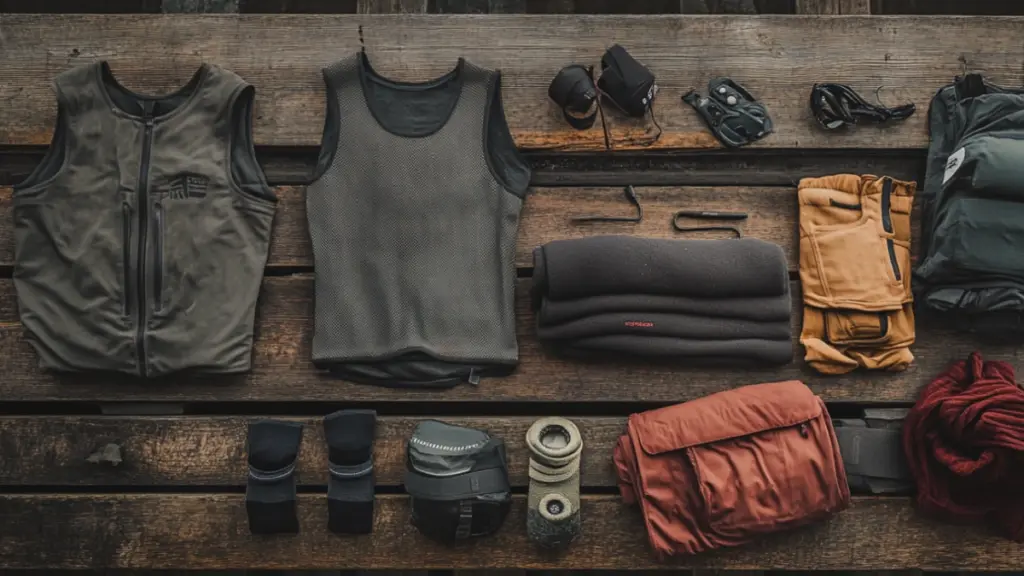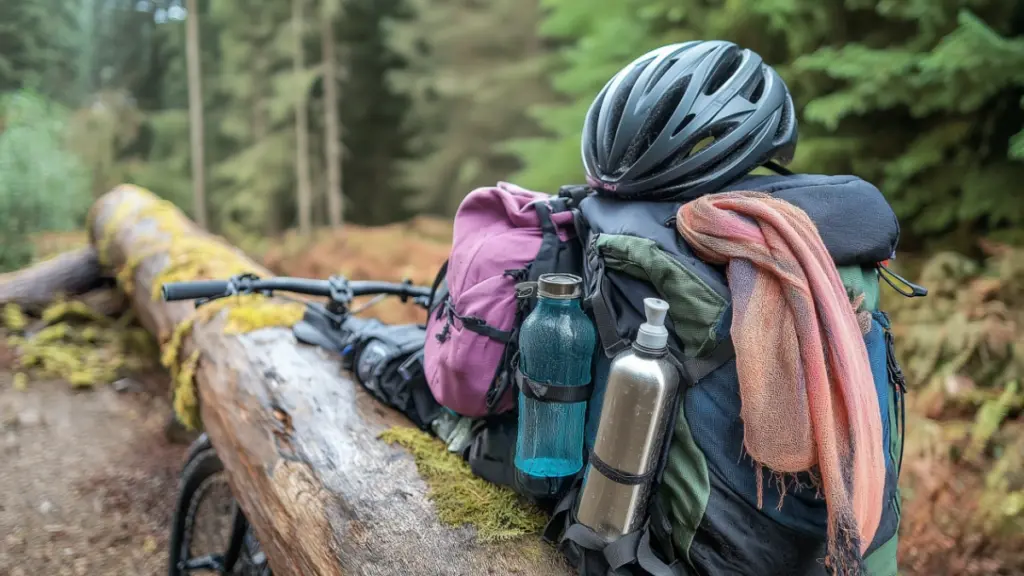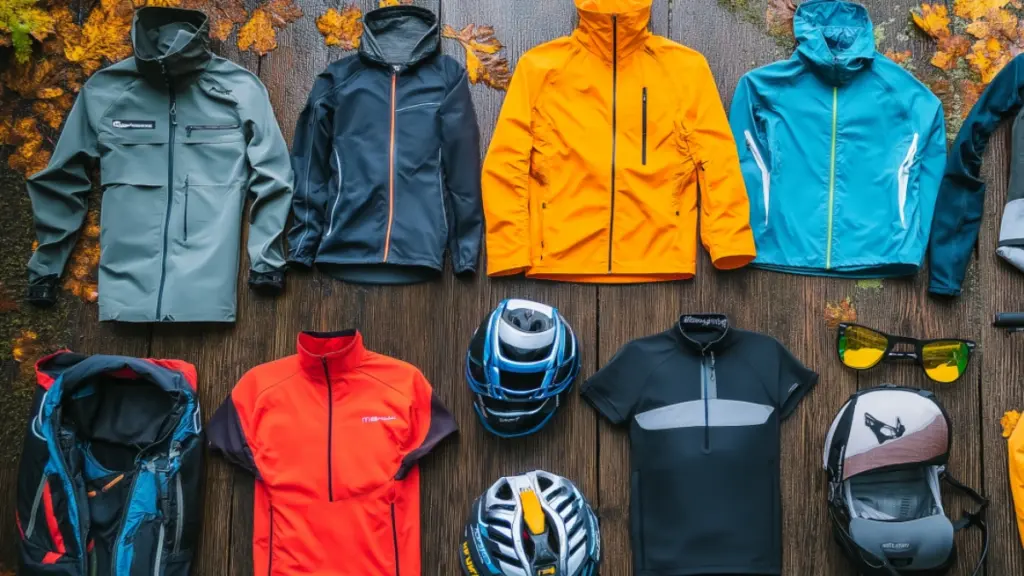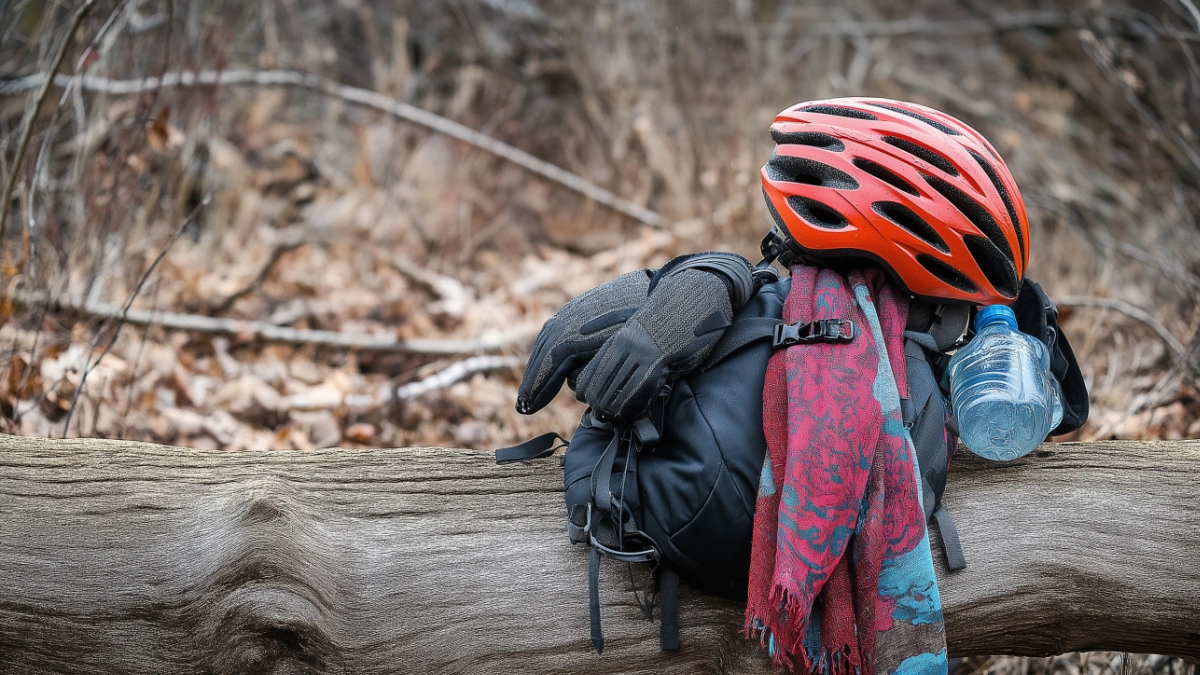Trail Ride Outfit Checklist: Essential Gear & Stylish Apparel for Riders
Table of Contents
Whether you’re trail riding on horseback, bike, or ATV, having the right outfit and gear can make all the difference between a dreamy nature escape and a day of discomfort. The key? Blending form and function. Riders of all kinds know that the right trail ride outfit needs to be durable, weather-appropriate, and still stylish enough to look good in those scenic trail photos.
According to a recent survey by Outdoor Industry Association, over 53 million Americans engaged in some form of trail riding last year—spanning activities from backcountry horseback adventures to rugged dirt-bike trails. And with trail-ready fashion steadily gaining traction in the lifestyle and home decor scenes (hello, cottagecore and camp-inspired interiors), it’s no surprise that curated, thoughtful packing has become part of the experience.
This post is designed for readers who love stylish, well-organized travel. Whether you’re heading out for a weekend cabin stay or a scenic ride through mountain trails, this checklist will cover everything you need—from waterproof boots and breathable base layers to packs, accessories, and seasonal adjustments. Ready to ride in comfort and confidence? Let’s gear up.
1. Base Layers: Comfort Starts with the First Layer

- Moisture-wicking long-sleeve shirts or tanks
- Thermal tops for cooler weather
- Sports bras with breathable mesh (for women)
- Seamless base layers to prevent chafing
- Merino wool socks for comfort and odor resistance
Table: Best Base Layer Materials by Season
| Season | Fabric Type | Benefits |
|---|---|---|
| Spring | Lightweight synthetic | Wicks sweat, dries quickly |
| Summer | Mesh or polyester | Breathable, UV protection |
| Fall/Winter | Merino wool | Warmth, moisture control, odor control |
2. Outerwear and Weather Protection
- Waterproof lightweight jacket with packable hood
- Fleece or insulated vest for core warmth
- Breathable windbreaker for high elevations
- Rain poncho or cape for horseback riding in light rain
- Gloves with touch-screen fingertips for trail maps
Table: Trail-Ready Outerwear Guide
| Outerwear Type | When to Wear It | Feature to Look For |
|---|---|---|
| Lightweight Raincoat | Spring, summer drizzle | Packable, hooded, vented design |
| Fleece Vest | Fall or early morning | Zippered pockets, slim fit |
| Windbreaker | High elevation or breezy days | Waterproof and breathable |
3. Pants & Bottoms: Flexibility and Durability
- Stretchy riding pants or bike shorts with padding
- Water-resistant hiking pants for off-road riders
- Reinforced inner thigh areas for equestrians
- Convertible zip-off pants for changing temps
- Avoid denim (too stiff and slow-drying)
4. Footwear That Handles the Trail

- Hiking boots with ankle support and traction
- Riding boots with heels and slip-resistant soles
- Flat pedal shoes for mountain biking
- Wool or moisture-wicking socks
- Gaiters to keep debris out on muddy paths
Table: Footwear Comparison by Activity
| Activity | Best Footwear Style | Bonus Features |
|---|---|---|
| Horseback Riding | Leather riding boots | Heels, tall shafts for support |
| Hiking | Mid-ankle hiking boots | Waterproof, breathable lining |
| Trail Biking | Flat pedal bike shoes | Grippy soles, reinforced toe cap |
5. Trail Accessories: Functional and Stylish Add-ons
- Wide-brim hat or helmet with ventilation
- Sunglasses with wraparound protection
- Daypack or hydration pack
- Neck gaiter or scarf for dust and chill
- Reusable water bottle with clip
6. Seasonal Swaps: Tailoring Your Outfit to Weather

Spring/Fall Must-Haves
- Lightweight gloves
- Ear warmers or beanie
- Waterproof outer layer
Summer Must-Haves
- UV-protective tops
- Bug-repellent clothing
- Moisture-wicking neck gaiter
Winter Must-Haves
- Insulated gloves and thermal hat
- Base layers under waterproof pants
- Hand warmers
Detailed Content Expansion
1. Base Layers: Comfort Starts with the First Layer
Your base layer is the foundation of trail ride comfort. Whether you’re biking through the Berkshires or saddling up in Shenandoah, the first layer against your skin should keep you dry, regulate your body temperature, and prevent irritation.
For warmer seasons, opt for lightweight synthetic or polyester tops with UV protection. These fabrics wick moisture and dry quickly. Mesh tanks or short-sleeved styles work well for biking and horseback riding alike.
In cooler weather, merino wool is the gold standard. It’s breathable, insulates even when wet, and resists odor over long rides. Look for seamless leggings and thermal tops that move with your body and avoid chafing in high-friction areas.
Women should prioritize breathable, high-support sports bras with mesh panels, especially for high-impact movement on uneven terrain. Socks also matter more than most expect—wool or synthetic blends help avoid blisters and regulate temperature.
| Season | Fabric Type | Benefits |
|---|---|---|
| Spring | Lightweight synthetic | Wicks sweat, dries quickly |
| Summer | Mesh or polyester | Breathable, UV protection |
| Fall/Winter | Merino wool | Warmth, moisture control, odor control |
A solid base layer means fewer clothing adjustments on the trail—and more focus on the ride.
2. Outerwear and Weather Protection
Trail conditions can change fast, especially at elevation. That’s why choosing the right outerwear is key. Start with a lightweight, waterproof shell—ideally one that folds into its own pocket or clips to your pack. Look for designs with pit zips or mesh underarms for ventilation.
For layering, a fleece vest keeps your core warm without restricting your arms. These are especially popular among horseback riders who need both mobility and warmth.
Riders in breezy or alpine regions should also bring a windbreaker, which shields against chill without bulk. Choose breathable materials with sealed seams to prevent sweat build-up underneath.
Don’t forget accessories—gloves with touchscreen fingertips make checking your map easy without removing layers. In a pinch, a rain poncho or oversized waterproof cape can cover both you and your pack in sudden downpours.
| Outerwear Type | When to Wear It | Feature to Look For |
|---|---|---|
| Lightweight Raincoat | Spring, summer drizzle | Packable, hooded, vented design |
| Fleece Vest | Fall or early morning | Zippered pockets, slim fit |
| Windbreaker | High elevation or breezy days | Waterproof and breathable |
Weather protection that balances breathability and packability will always be trail ride gold.
Conclusion
A great trail ride starts with thoughtful preparation—and your outfit is one of the most important elements to get right. From breathable base layers and supportive footwear to packable rain gear and smart accessories, each piece plays a role in your comfort, safety, and confidence out on the trail. Whether you’re heading into the hills for a few hours or embarking on a weekend wilderness ride, this checklist gives you the gear to match the adventure. And with the right blend of style and function, you’ll look just as good in the pictures as you feel while riding through nature’s most scenic routes.

